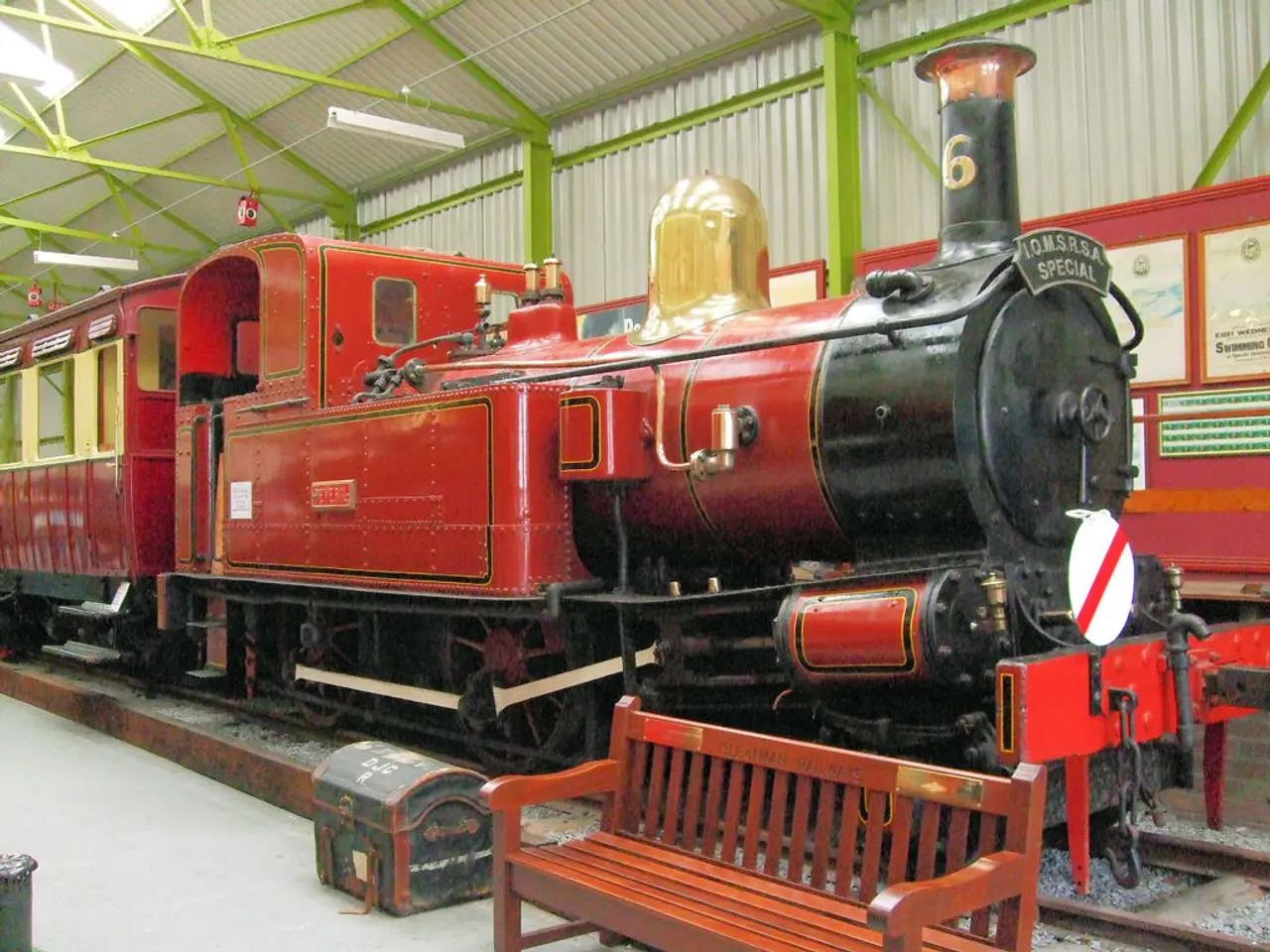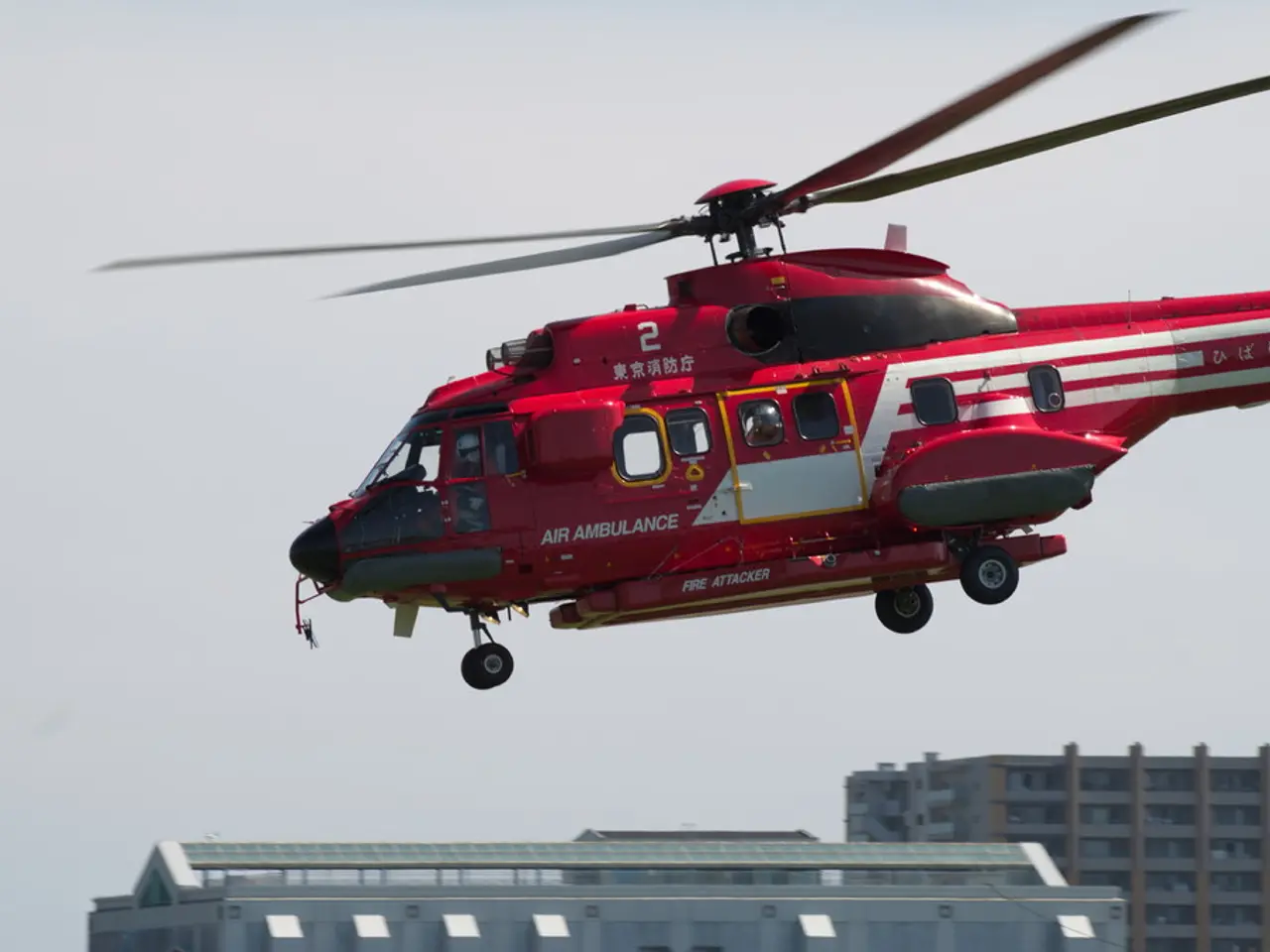Jet Engine Troubleshooting: Understanding Failed Starts
Turbine engines, the powerhouses of modern aviation, rely on a precise balance of fuel and air to operate efficiently. However, start anomalies can sometimes disrupt this balance, leading to issues such as hot, hung, wet, and false starts. Here's a breakdown of these common issues and their causes and solutions.
A hot start in a turbine engine occurs when the engine's internal temperature exceeds safe limits, often due to excessive fuel flow or insufficient airflow during a start. This is typically caused by a defective fuel control unit (FCU) sending too much fuel, resulting in combustion temperatures higher than acceptable limits. To prevent a hot start from damaging the motor, the fuel supply must be cut off promptly.
A hung start, on the other hand, happens when the engine fails to reach the normal idle speed after start due to insufficient acceleration of the compressor, often related to inadequate fuel flow, compressor stall, or bleed air system malfunctions. The engine may exhibit high temperatures due to inefficient combustion during a hung start.
A wet start is caused by unburned fuel accumulating in the engine during start, often because of failure to ignite or a slow start sequence. This can lead to excessive smoke or even a fire hazard on subsequent start attempts. To avoid a wet start, it's important to avoid excessive fuel flow before ignition. If a wet start occurs, allow the engine to clear excess fuel before attempting another start, and inspect the ignition and fuel systems for faults.
False starts are characterized by engine rotation without proper combustion, leading to failure to accelerate or stabilize. This is often due to ignition failure, improper fuel metering, or starter system problems. To prevent false starts, verify the ignition system functionality and fuel metering before start. If a false start occurs, shut down the engine and troubleshoot the ignition and fuel control systems.
In summary, these start anomalies are mostly related to fuel control, ignition systems, and proper adherence to start procedures. Regular maintenance and careful monitoring of engine parameters during start can prevent most of these issues.
Turbine engines work by using the hot gases produced by burning fuel to turn a turbine, which in turn drives the compressor to take in more air and the combustion chamber to burn more fuel, creating more hot gases and repeating the process. The air intake guides air into the compressor blades smoothly and slows it down to subsonic speed. The compression stage increases the pressure of incoming air. The combustion section mixes high-pressure air with fuel and ignites it, passing the energy to the turbine. The exhaust section allows high-speed air to exit the engine, producing thrust and pushing the aircraft forward.
It's essential for pilots and engineers to understand these start anomalies to ensure safe and efficient operation of turbine engines. Regular maintenance and adherence to start procedures can significantly reduce the occurrence of these issues.
Science and technology play crucial roles in understanding and addressing the start anomalies found in turbine engines. By studying the fuel control units, ignition systems, and fuel metering equipment, engineers can develop solutions to prevent issues such as hot, hung, wet, and false starts (science). Additionally, technology aids in the analysis of engine parameters during start, helping to monitor and control these variables, ultimately improving the efficiency of turbine engines (technology).




